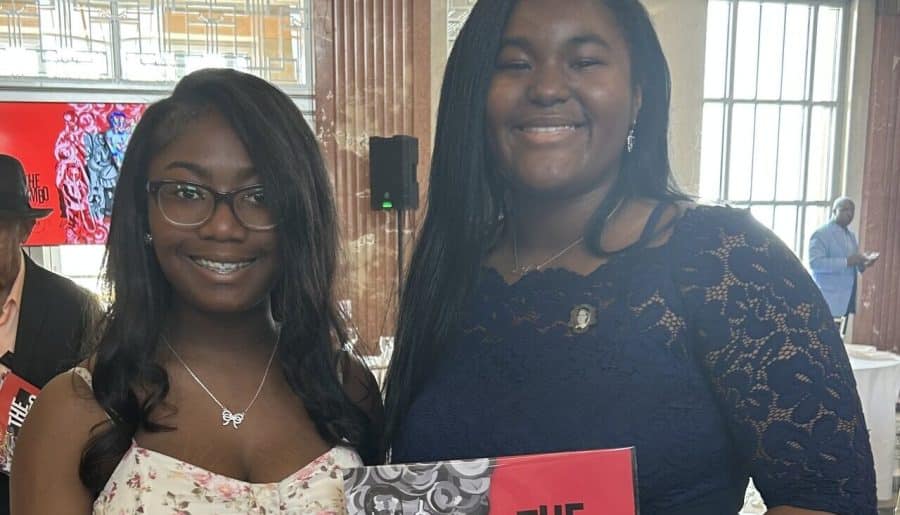The Pythagorean Theorem is a simple math concept in geometry that shows the relationship between the three sides of a right triangle. It can also help you find the missing side of one of these triangles.
If you haven’t encountered this yet, don’t worry—most students learn about it in middle or early high school, usually around 8th or 9th grade, when they start studying geometry.
However, proving this theorem can be quite tough; even experienced mathematicians have had challenges with it over the years.
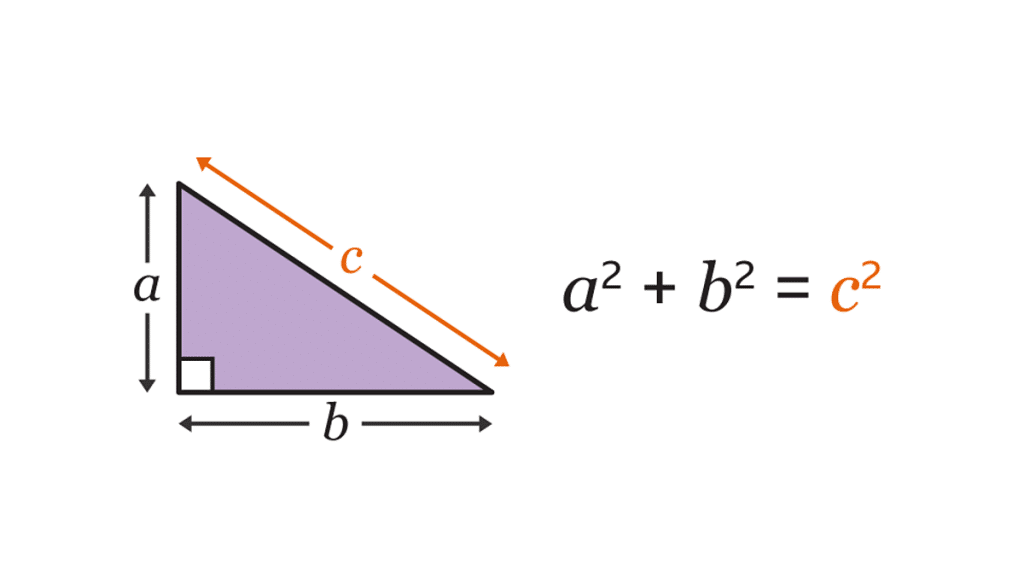
There have been many ways to prove the Pythagorean Theorem, including geometric and algebraic methods. However, some mathematicians believe it’s impossible to use trigonometry to prove it because trigonometry relies on the theorem itself.
But did you know that two high school students recently proved this so-called ‘impossible’ theorem? Not to mention, they found nine more proofs!
Amazing, right?
Doing the ‘impossible’
During a math contest, two students from Louisiana, Ne’Kiya Jackson and Calcea Johnson, discovered a new way to prove the Pythagorean theorem. They started their project at St. Mary’s Academy in New Orleans, one of the country’s oldest Catholic schools for Black women.
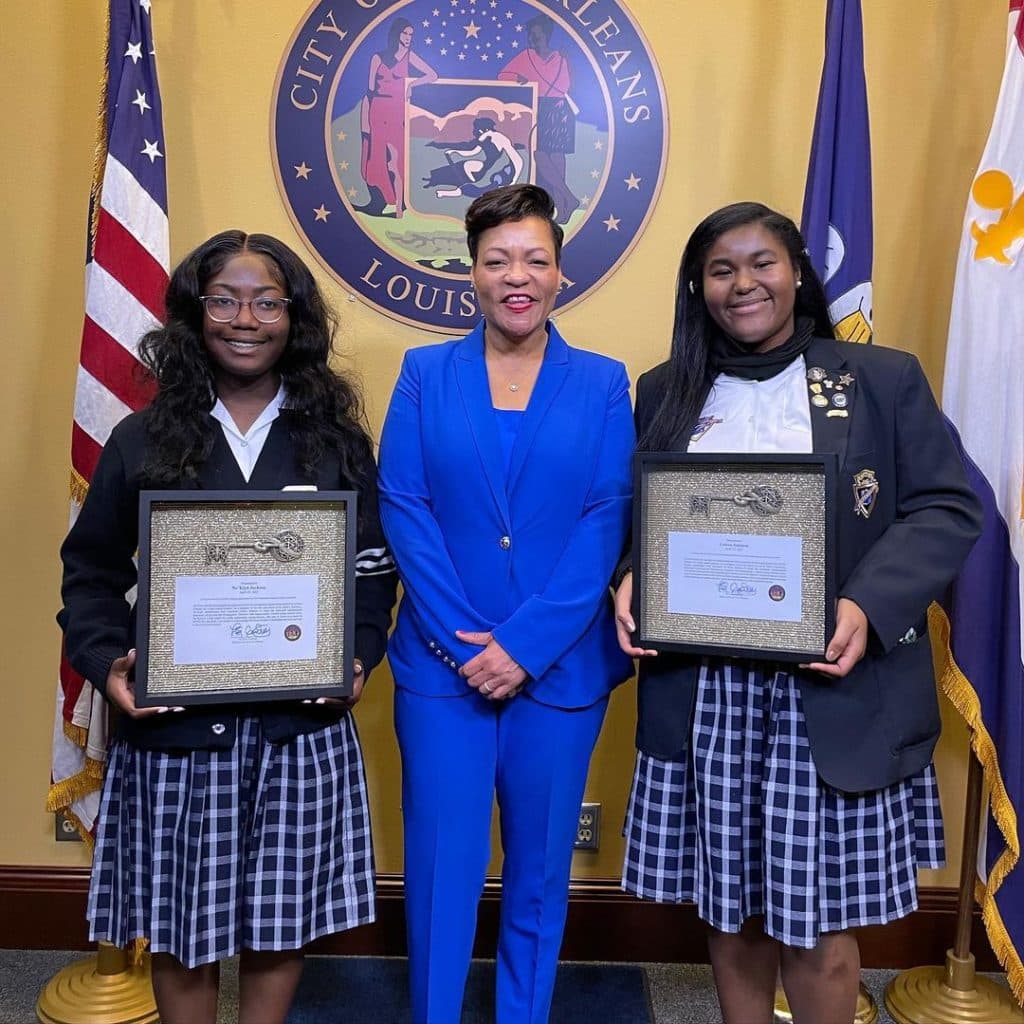
In December 2022, they participated in a school-wide math contest offering a cash prize.
Jackson said, “I was driven because there was a chance to win money.”
Johnson added, “I thought, ‘$500 is a lot of money. So I wanted to give it a shot.'”
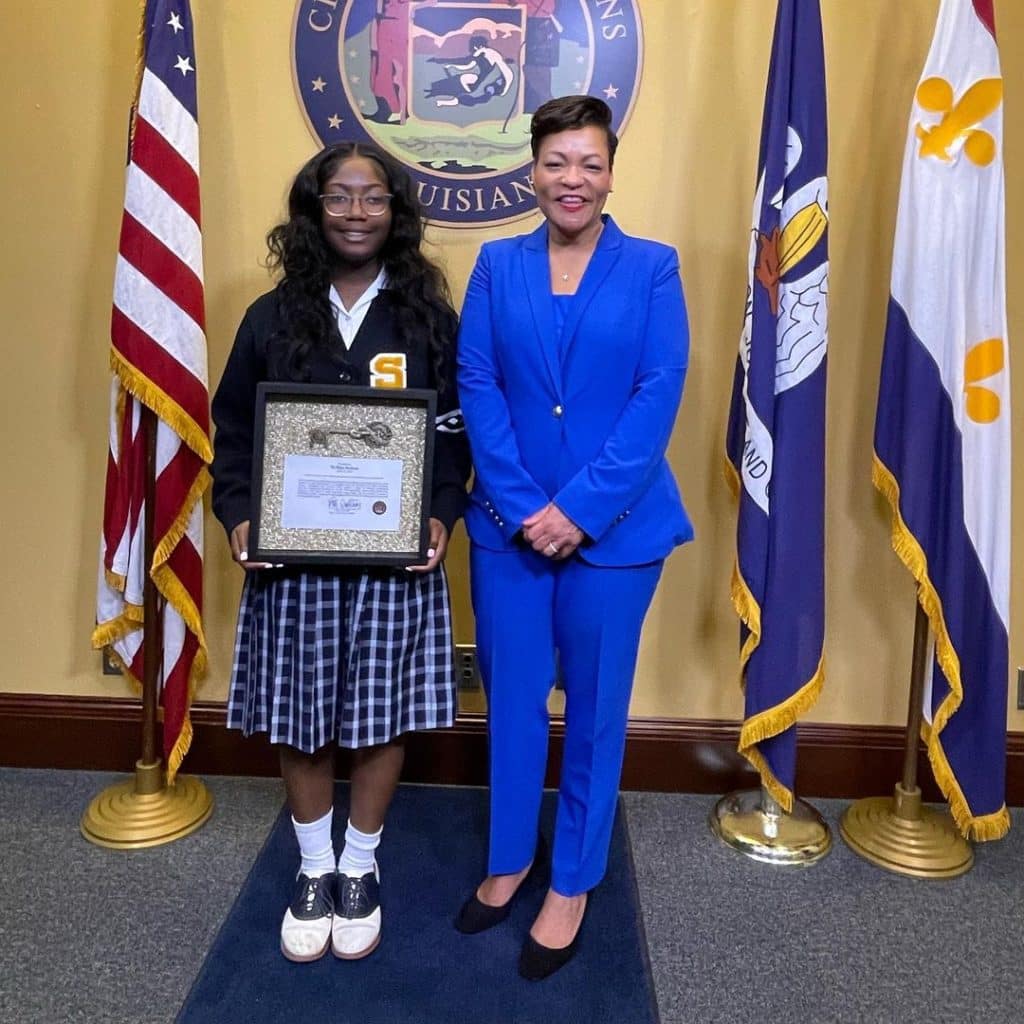
Then, a volunteer at their school encouraged them to submit their work to a professional conference. In March 2023, they became the youngest presenters at the American Mathematical Society’s Southeastern Sectional conference in Atlanta. However, their findings still needed to be reviewed further.

However, their presentation gained attention, and they even got a feature on “60 Minutes.” Jackson and Johnson also received keys to the city of New Orleans and were recognized by Michelle Obama.
Pretty cool, right?
Now that they are in college, they recently published an academic paper that outlines their original proof and nine additional proofs. Their work was featured in the journal American Mathematical Monthly on October 28, 2024. And their recent paper confirms that their proof is valid.
Aside from the original proof they developed while still in high school, they also shared nine more proofs of the Pythagorean theorem using trigonometry. Their paper introduced several new ways to prove that in a right triangle, the square of the longest side equals the sum of the squares of the other two sides.
They proved that trigonometry could be used to demonstrate the Pythagorean theorem. This is remarkable since many mathematicians thought doing this was impossible because trigonometric formulas typically assume the theorem is true.
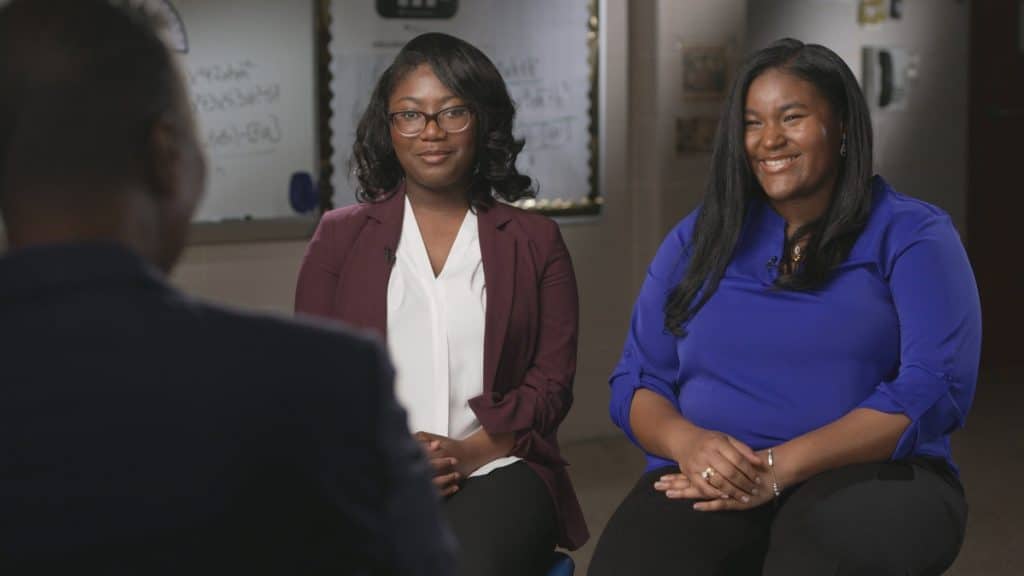
Experts who read their paper said Jackson and Johnson’s approach was challenging. Many proofs are based on the theorem, which can lead to circular reasoning.
Circular reasoning is trying to prove a point by using the same point. In other words, it simply repeats the conclusion.
For example, “You must obey the law because it’s illegal to break it.”
But instead of relying on the Pythagorean theorem, Jackson and Johnson used a trigonometric rule called the Law of Sines.
They also stated that the trigonometric functions sine and cosine can be confusing when presented together, and separating these methods could lead to even more new proofs.
Before Jackson and Johnson, only two people had proven the theorem with trigonometry without using circular reasoning: Jason Zimba in 2009 and Nuno Luzia in 2015.
“It’s amazing to have a paper published at such a young age,” Johnson said. “I am proud that we can show young women and women of color that they can achieve these things.”
“I am very proud that we are both able to be such a positive influence in showing that young women and women of color can do these things and to let other young women know that they can do whatever they want to do. So that makes me very proud to be able to be in that position,” Johnson added.
Currently, Jackson is pursuing a doctoral degree in pharmacy at Xavier University of Louisiana, while Johnson continues her studies in environmental engineering.
